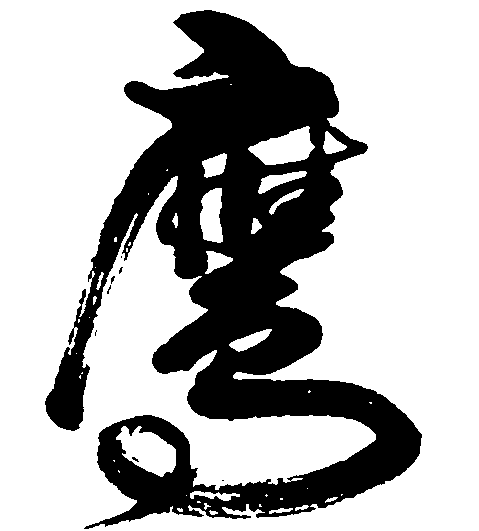Unlocking Vocabulary Through Grammar: The Power of Parts of Speech in Mandarin
When we first learn our native language in school, we spend a lot of time identifying parts of speech such as nouns, verbs, adjectives, adverbs, and so on. It might feel like a dry grammar exercise at the time, but when learning Mandarin Chinese, understanding these categories can become an incredibly powerful tool for mastering new vocabulary.
Here’s why: many words in English function across multiple parts of speech. Take the word run, for instance—it can be a verb (“I run every morning”) or a noun (“I went for a run”). But in Mandarin, the distinction is often made more explicit, sometimes requiring entirely different words depending on the usage. If you only learn the translation of a word in one context without understanding its grammatical role, you may misuse it in another.
The Value of Asking “What Part of Speech Is This?”
Let’s say you’re learning a new word in Mandarin and you’re told it means “to answer.” Is it a verb like 回答 (huídá)? Or is it a noun, like 答案 (dá’àn)? They both relate to “answering,” but they’re used in entirely different grammatical structures. Knowing the part of speech helps you plug the word into correct sentence patterns, rather than relying on guesswork.
When learning a new word, ask yourself (or your teacher, tutor, or dictionary):
- Is this a noun, verb, adjective, or something else?
- Can it be used in multiple ways, or is it more narrowly defined?
- Are there different words for the same concept based on usage?
This simple habit can dramatically speed up your learning and deepen your comprehension.
Beyond Individual Words: Grammar as a Framework
Recognizing parts of speech doesn’t just help with individual words, it helps you build whole sentences more confidently. Mandarin sentence structure is different from English in many ways, but once you can identify what roles words are playing in a sentence, it becomes much easier to understand and replicate native patterns.
You’ll also begin to spot useful patterns and relationships:
- Adjectives that also function as stative verbs (e.g., 高兴 gāoxìng)
- Verbs that commonly take specific noun objects (e.g., 做梦 zuò mèng, literally “do a dream”)
- Set phrases that follow specific syntactic orders
The more you practice seeing the function of a word within a sentence, the more natural your own speaking and writing will become.
Practical Tips for Applying This Strategy
Use a good dictionary. Tools like Pleco or YellowBridge often label parts of speech clearly.
Ask about usage. If you’re working with a tutor or teacher, don’t just ask what a word means, ask how it’s used and in what contexts.
Take notes by function. When creating vocabulary lists or flashcards, write down the part of speech and one or two example sentences for each new word.
Group words by role. Try reviewing words thematically, not just by meaning, but by how they function in grammar—e.g., “verbs of motion,” “adjectives about feelings,” or “nouns related to school.”
Final Thoughts
Learning vocabulary isn’t just about memorizing translations, it’s about knowing how to use words correctly and naturally. Paying attention to parts of speech is one of the most effective ways to deepen your understanding of Mandarin grammar and build fluency faster.
So next time you come across a new word, don’t just ask, “What does this mean?” Instead, ask: “What role does this word play?” It’s a small shift in mindset that can lead to big results in your language journey.
